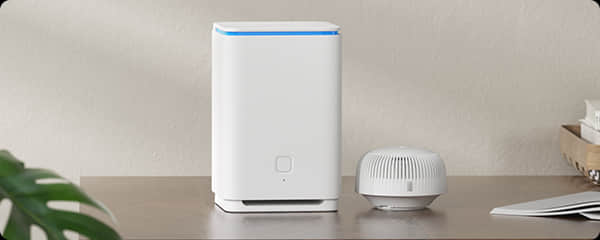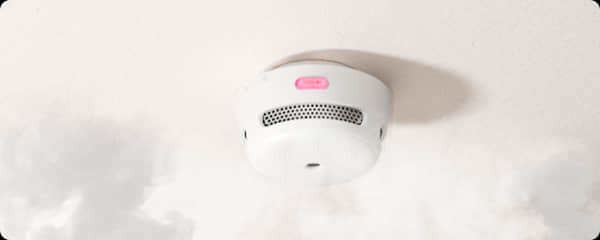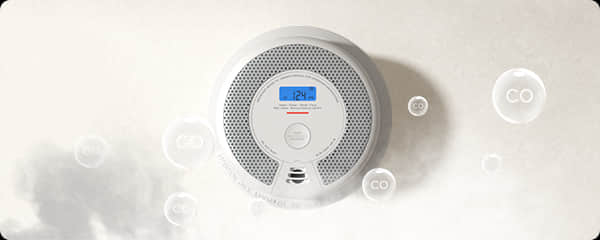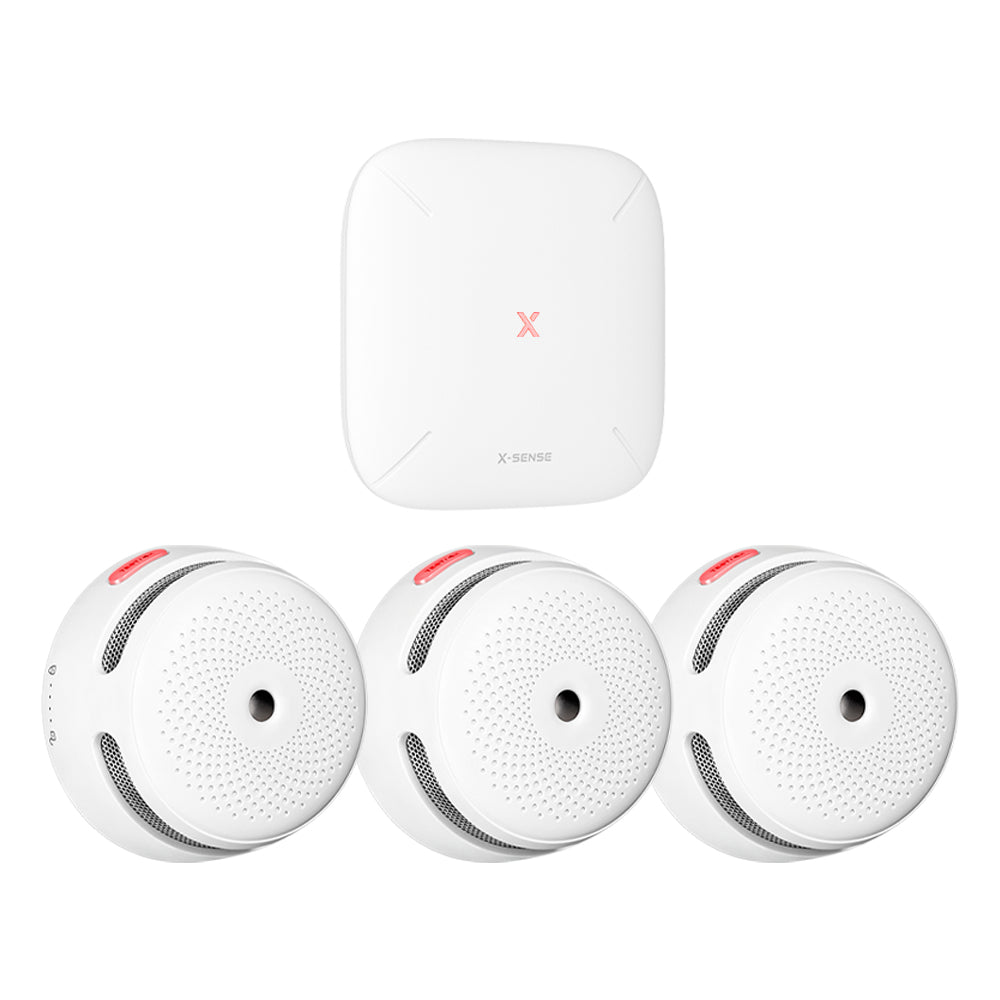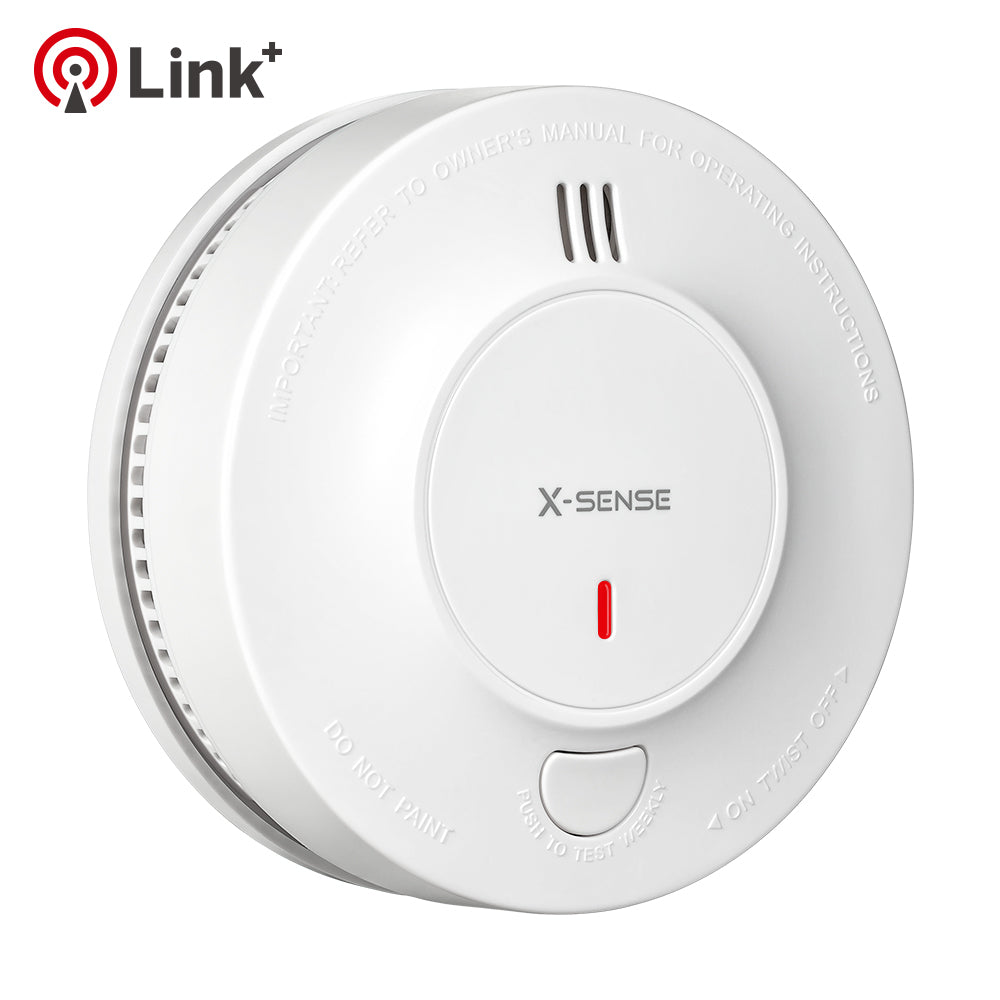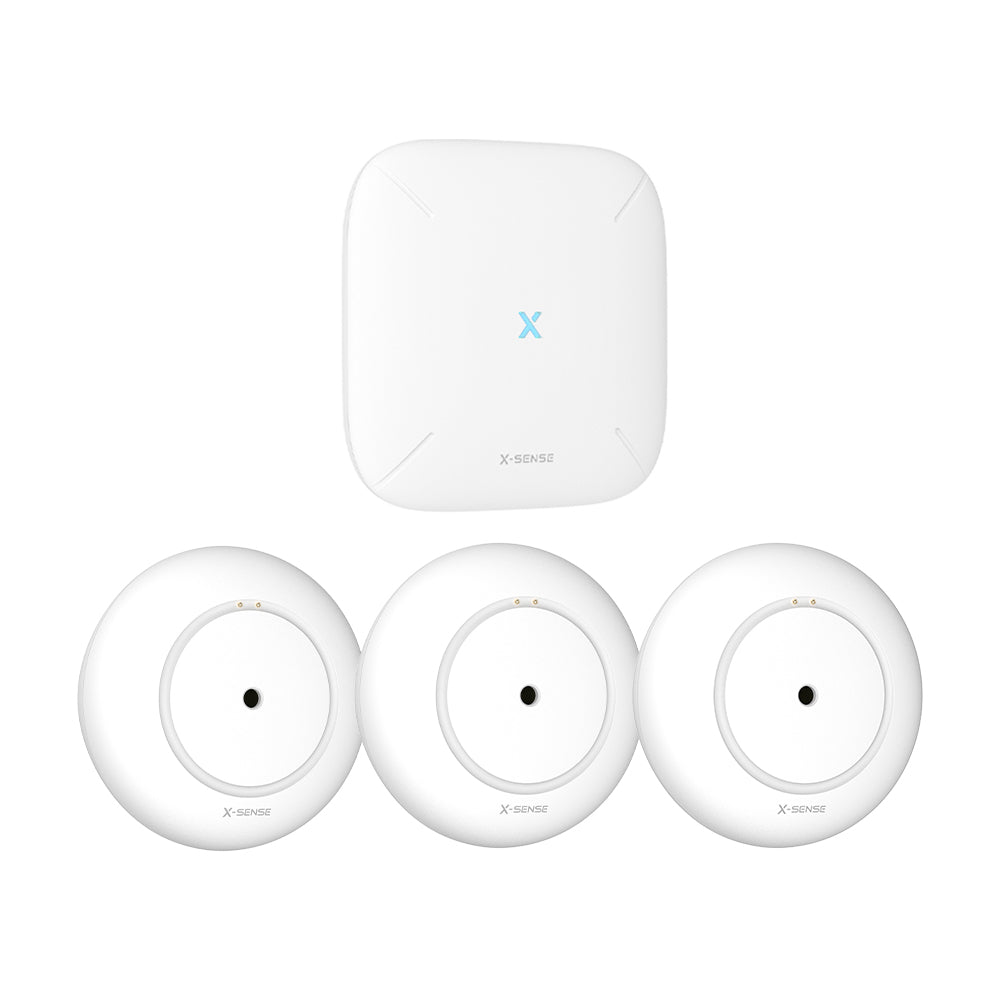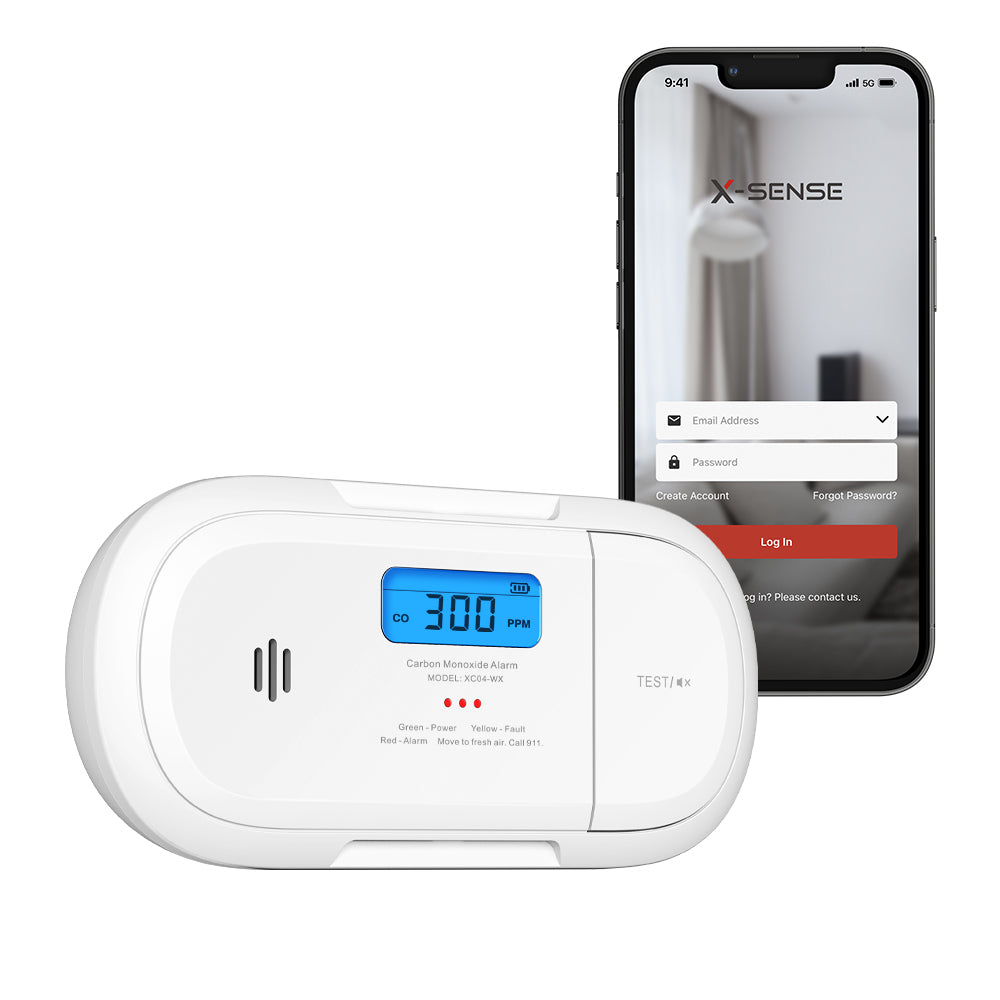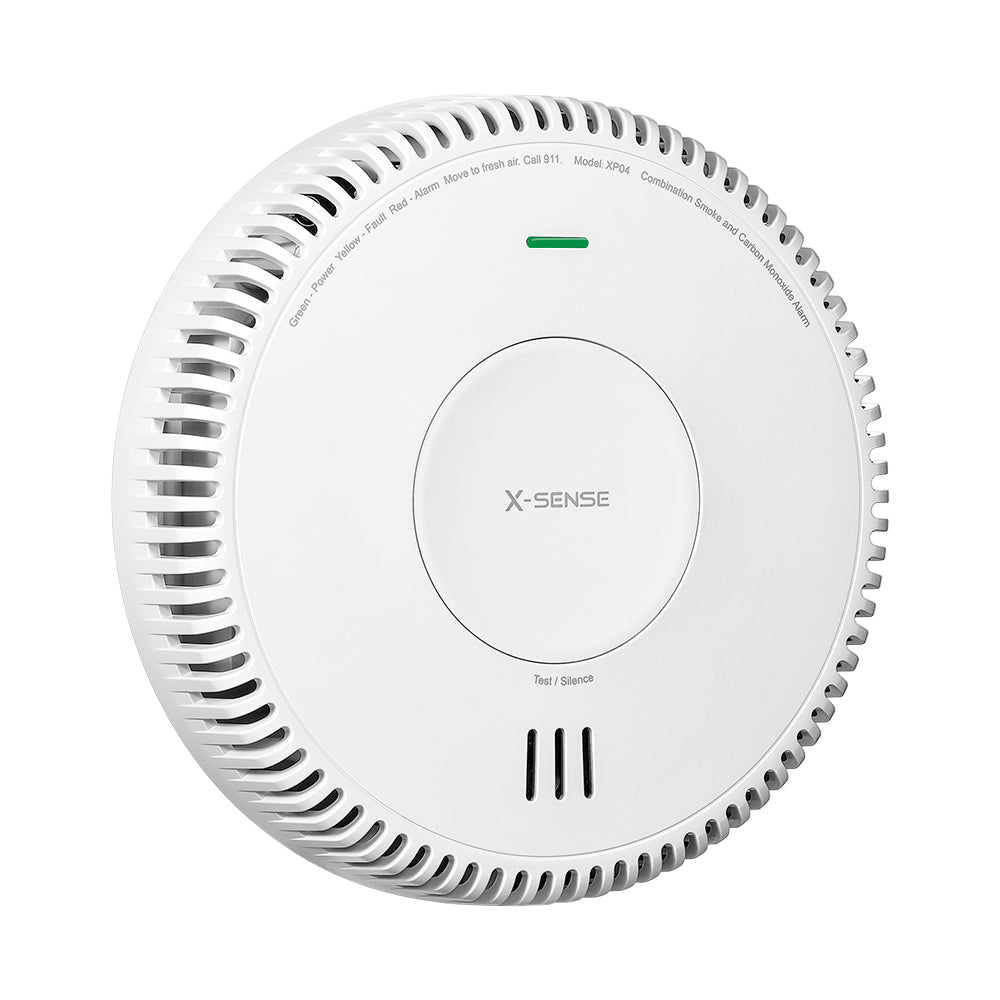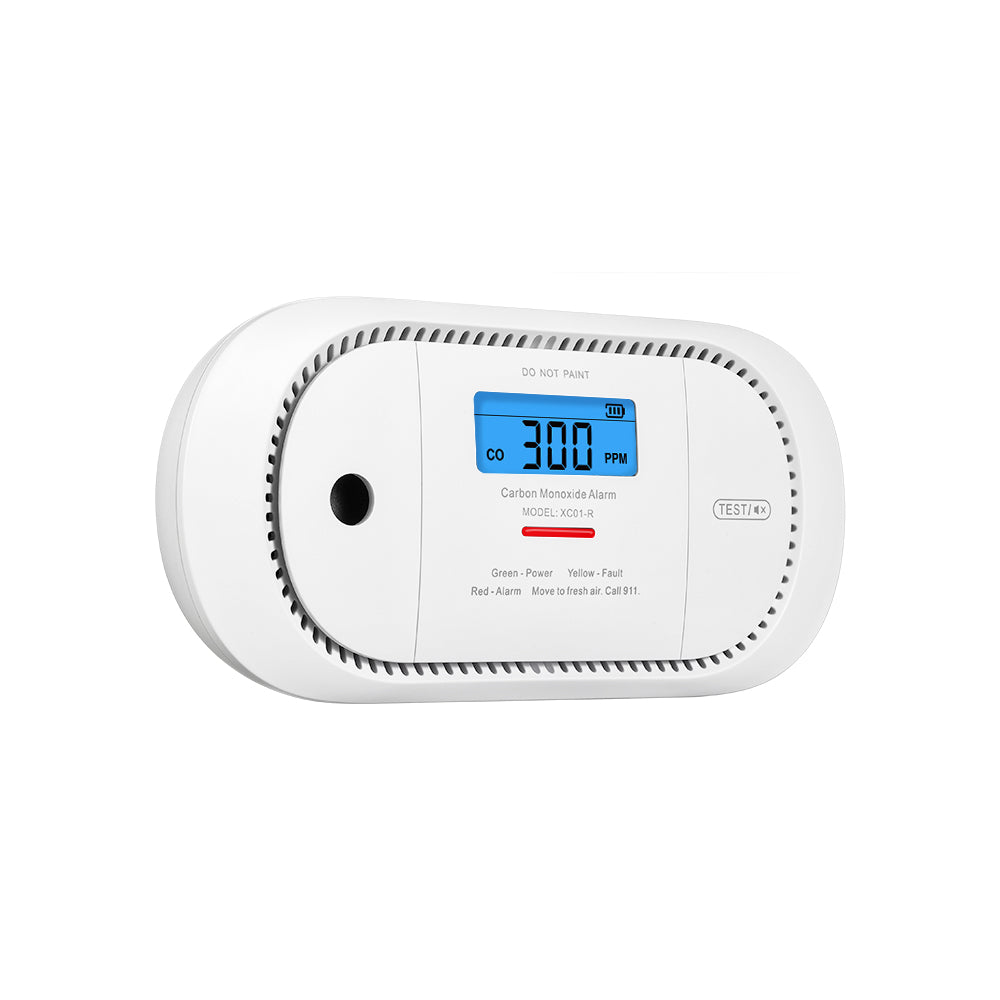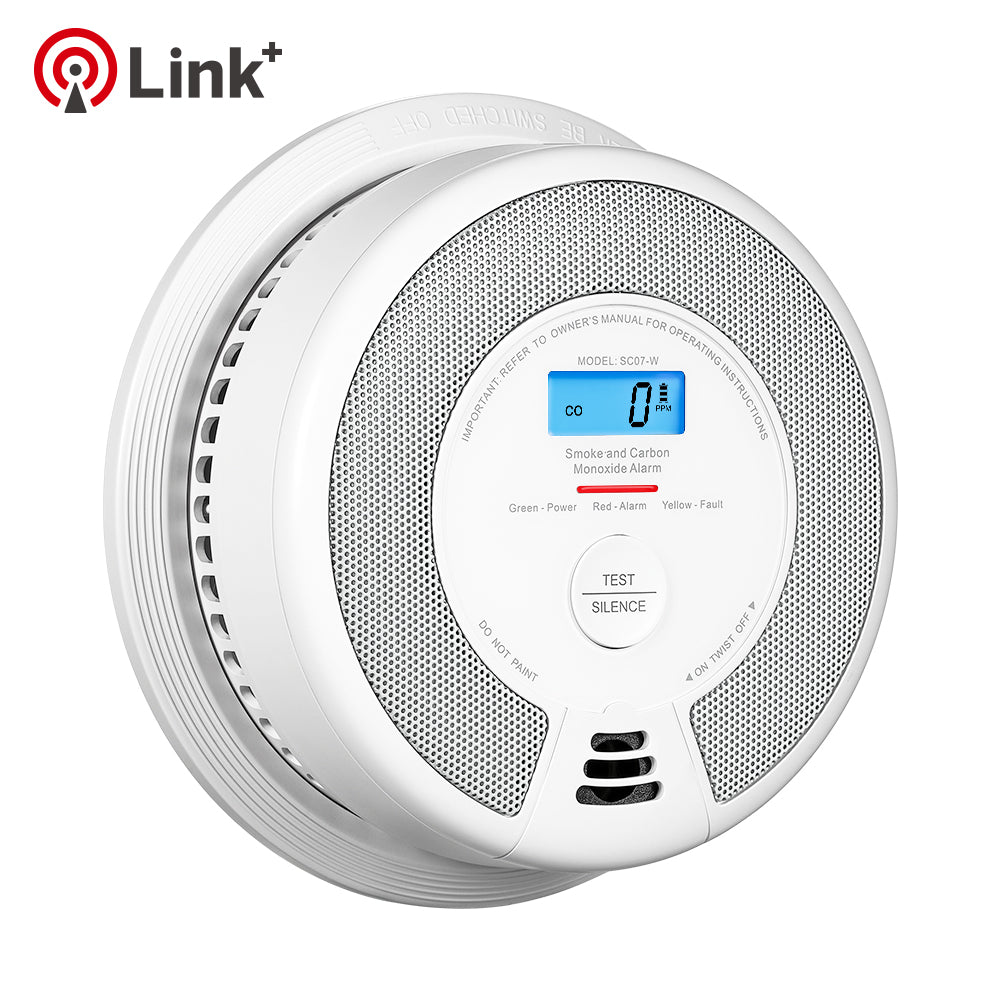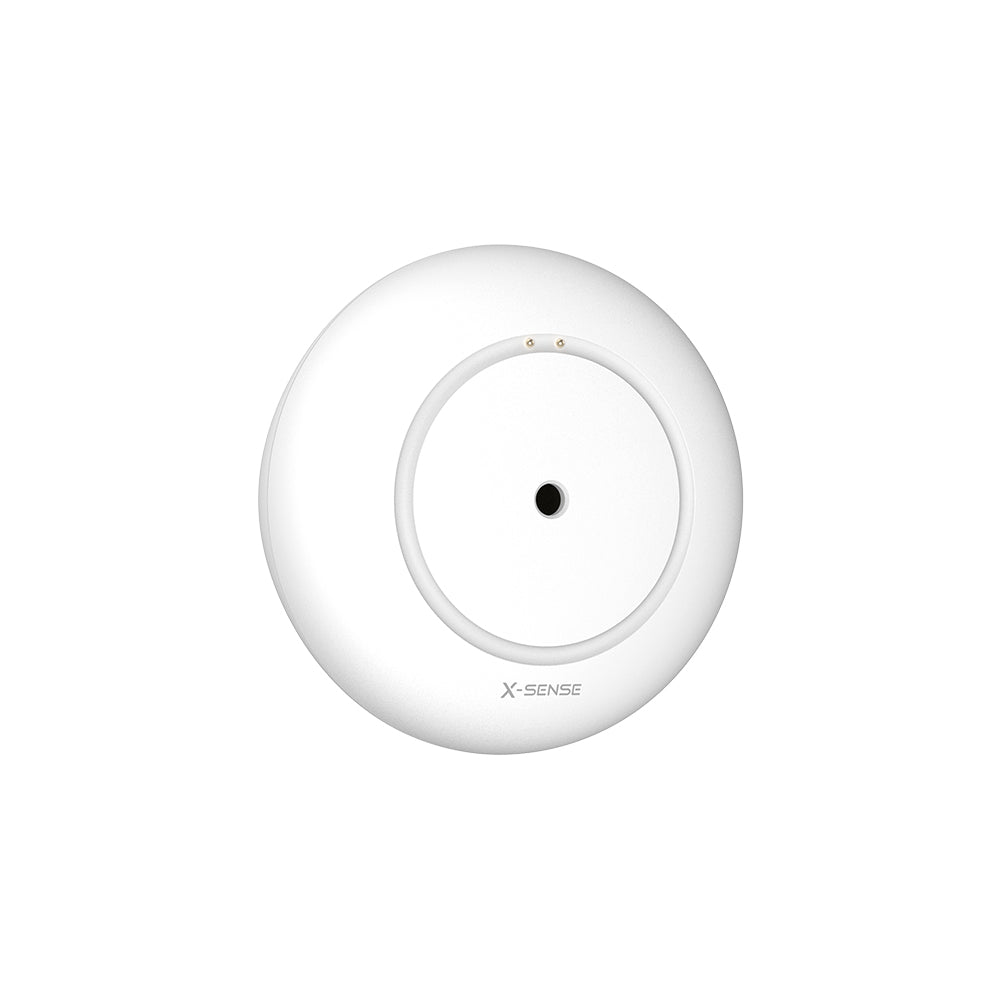How to Detect an Underground Water Leak
Wed, Feb 15, 2023
Underground water leaks can go undetected for a very long time. In most cases, they are not discovered until they have done enough damage for the marks to be seen from the surface. If you suspect you have a leak, it's important to get it repaired as soon as possible, as damaged pipes cause major infrastructure problems and can become extremely expensive due to sky-high water bills.
How do Underground Water Leaks Happen?
Water leaks located underground can occur for a number of reasons, some of the most common being:
Chemicals: Whether present in water or soil, chemicals can cause underground pipes to erode, resulting in cracks or holes in the pipe that allow water to enter. This damage usually occurs over a longer period of time.
Natural Disasters: Earthquakes and shaking can put pressure on pipelines, which can cause them to move and lead to ruptures or fissures.
Wear and Tear: Older buildings and homes have older plumbing that can rust and sag over time, causing cracks and leaks.
Improper Installation: This can easily be avoided by making sure that all plumbing is done by a professional as poor or incorrect installation can cause plumbing to leak.
Trees: Sometimes when trees grow close enough to pipes they can crush them and cause leaks.
Signs of an Underground Water Leak
As previously mentioned, underground water leaks are notoriously difficult to spot and are not usually seen until the damage has occurred. Here are some of the signs to look out for:
1. Sudden increase in water consumption and costs
This is one of the most common signs of an underground water leak as usage and costs will skyrocket. To determine if you have a leak, locate your water meter and, if possible, shut off the main water valve to the property. Write down the numbers on your meter and leave it off for about an hour. Once you've done that, go back and see if the numbers have shifted. If so, it's very likely that you have a leak.
2. Cracked areas or bumps in the roadway
It is common for underground leaks to damage the area around them. If the leak is surrounded by asphalt or concrete, you may see cracks, bulges, or potholes, or if it is surrounded by dirt or grass, sinkholes may form.
3. Unpleasant smells
Undetected leaks can cause mold if left standing for a long time, leading to an unpleasant odor in the area.
4. Low pressure in the water supply
Clogged, eroded or even burst water lines can cause under-pressure in the water supply.
5. Dirty water
Underground leaks can cause water from faucets to be rusty, dirty, or filled with air, but sometimes this can be a sign of another problem with your water supply.
6. Noise from pipes
In some cases, you may be able to hear an underground water leak. Hissing noises can indicate a drop in water pressure, splashing can be a sign of water flowing around the pipe, and clinking can be from pebbles and stones flowing into the pipes and banging.
How to Detect a Water Leak Underground?
If you suspect your property has an underground water leak, contact a qualified plumber or engineer as soon as possible to identify and fix the problem. They will use a variety of specialized equipment to narrow down the location of the leak, reducing the additional expense and disruption associated with digging to find the problem. Some techniques they can use include:
1. Thermal Imaging
Here a camera is used to identify pipe locations buried within the building structure. The thermal imaging camera shows differences in all surface temperatures and identifies potential leaks.
2. Acoustic Leak Detection
Acoustic leak detection is performed using highly sensitive microphones to hear leak noise from the damaged pipeline.
3. Trace Gas Leak Detection
Trace gas is non-toxic and does not harm the pipeline or the environment. This method can be used to detect leaks on all plumbing, including underfloor heating. It works by pressurizing the gas through the tubes, forcing it to the surface where it escapes and can be detected with a gas detector. This method is extremely useful as it allows the leak to be isolated to a specific area and even located under concrete.
4. Correlation of Leak Noises
It uses powerful electronic equipment to locate leaks in pressure lines where the location is either unknown or the distances are great. Two sensors are brought into contact with the pipe on either side of a suspected leak, the sounds are then recorded and transmitted to a radio processing unit. From here, the device uses mathematical algorithms to determine the location of the leak.
